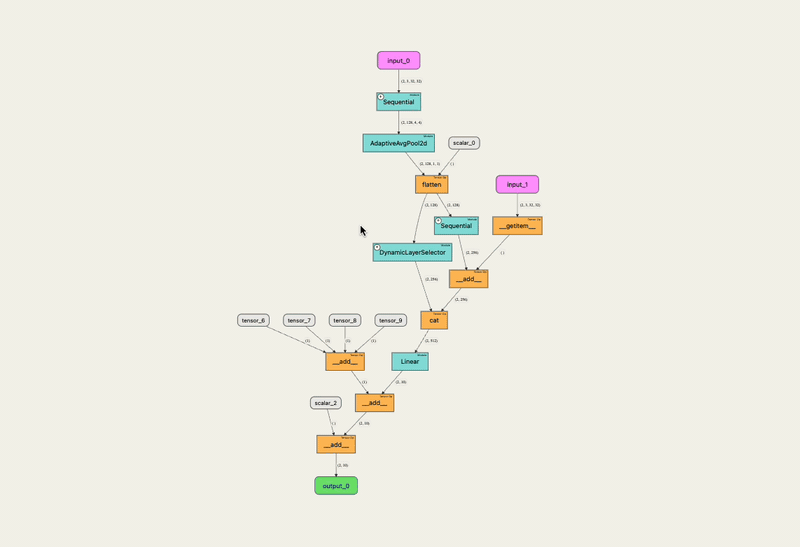Digital technology has revolutionized the way we live, work, and interact. From the smartphones we use daily to the expansive networks that connect us, digital technology drives the modern world. This transformation not only enhances efficiency in various industries but also reshapes personal communication and entertainment. Understanding the core components and benefits of digital technology is fundamental to navigating today’s digital landscape.
What is digital technology?
Digital technology encompasses electronic systems that utilize binary data, represented as 0s and 1s, to perform numerous functions. This technology has become integral in processing, storing, and transmitting information across various platforms.
Understanding binary representation
At the heart of digital technology lies the concept of binary representation. Bits and bytes serve as the fundamental units of digital data. A bit is the smallest unit, representing a single binary value (0 or 1), while a byte consists of eight bits, enabling the representation of more complex information. In contrast, analog data transmission uses continuous signals to represent information, often resulting in quality degradation over long distances.
Historical context
The shift from analog to digital technology marked a significant milestone in technological advancement. The digital revolution, which gained momentum in the late 20th century, brought about unprecedented improvements in data processing and communication. This transition has enabled innovations that continue to change how society operates today.
Key components of digital technology
Understanding the key components of digital technology enhances our appreciation of its applications in daily life and in various sectors.
Digital communication
Digital communication encompasses the methods and technologies that enable data exchange in the digital realm. It is critical for modern interactions, relying on devices such as modems to convert digital signals into formats suitable for transmission. There are several channels of digital communication, including:
- Email: A widely used form of communication that enables instant messaging.
- Social media: Platforms like Facebook and Twitter that facilitate networking and information sharing.
- Video conferencing: Tools like Zoom and Google Meet that allow virtual face-to-face meetings.
- E-commerce: Online shopping platforms that have transformed retail.
Digital platforms
Digital platforms refer to online frameworks that enable users to create, share, and consume content. Examples include social media networks, streaming services, and e-commerce websites. These platforms have drastically influenced industries, from entertainment to business, by enhancing user engagement and accessibility.
Types of digital technology
Digital technology encompasses various forms that serve distinct purposes, from communication to entertainment.
Digital devices
Digital devices are electronic gadgets that process and display digital information. Common examples include personal computers, smartphones, and digital cameras. These devices operate using complex functions that streamline tasks and improve user experience.
Digital signals
Digital signals are discrete signals that use binary values to represent information. Compared to analog signals, digital signals are less susceptible to noise, making them more reliable for data transmission. This reliability is crucial in maintaining the integrity of communications and information exchange.
Digital media
Digital media encompasses various types of digital content, including digital photos, music files, and video games. This form of content plays a vital role in engaging consumers and providing immersive experiences across multiple platforms.
Digital data
Digital data is characterized by its binary coding, which allows for efficient storage and processing. Unlike analog formats, digital data maintains its integrity over time and facilitates easier manipulation and analysis.
Benefits of digital adoption
Organizations and individuals increasingly recognize the advantages of adopting digital technology in various aspects of life.
Improved customer experience
Digital tools enhance customer interactions. For instance, chatbots are now widely used in customer service, allowing for round-the-clock support and efficient problem resolution.
Automation
The integration of machine learning and AI into processes has revolutionized automation. Industries see significant improvements in supply chain efficiency and business operations through these advanced technologies.
Accessibility and management
Digital data management offers substantial benefits, including easy access and reduced quality loss compared to analog methods. This accessibility is vital for organizations with vast amounts of information to handle.
Storage simplification
With various solutions available, such as cloud storage and hard drives, digital storage simplifies data management, offering advantages over traditional physical media in terms of capacity and security.
Quick information access
The internet and search engines provide immediate access to vast amounts of information, allowing users to find what they need efficiently and effectively.
Enhanced flexibility
Digital technology supports remote work and collaboration. Tools like Microsoft Teams and Slack facilitate teamwork, allowing for seamless communication regardless of location.
Versatility in business strategy
Digital technology allows businesses to incorporate digital products at various stages of their sales funnels, enhancing overall strategy and engagement with customers.
The importance of digital transformation
As digital technology continues to evolve, the importance of digital transformation becomes increasingly evident for organizations seeking to remain competitive.
Ongoing evolution
Current trends indicate rapid advancements in digital technology, necessitating adaptability in business practices to thrive in this environment.
Strategies for digital transformation
For organizations embarking on digital transformation, it is essential to adopt best practices and leverage effective resources while building capable teams to drive these initiatives.
Challenges of digital maturity
Organizations often face significant obstacles in achieving digital maturity, including resistance to change and a lack of skilled personnel. Addressing these challenges is critical to successfully navigating the digital landscape and fostering innovation.

